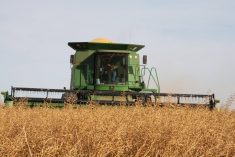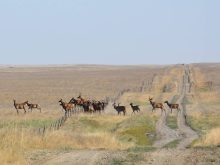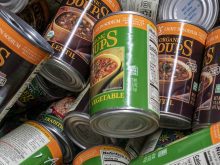Northern British Columbia ranchers are hoping that donating their cull cows and bulls to charity rather than selling them to a slaughter plant for next to nothing will start a trend.
Members of the Nechako Valley Regional Cattlemen’s Association are no different than thousands of other farmers across the country. Cull cows remain virtually worthless since bovine spongiform encephalopathy closed the border to animals older than 30 months. Worsening their predicament are high feed costs caused by the B.C. drought and high transportation costs to one of the few cull cow plants in Saskatchewan and Alberta.
Read Also

New program aims to support plant-based exports to Asia
Understanding the preferences of consumers in Taiwan and how they differ from Indonesia or Malaysia isn’t easy for a small company in Saskatchewan.
“We don’t get any money but we have a feeling like we’re helping,” said Ronald Baumann of Vanderhoof.
“We hope to set an example.”
Fifteen cows have been slaughtered with the help of Prince George’s Rotary Club and Neighbourlink, a community organization in Vanderhoof. The ground beef is given to local soup kitchens and added to Christmas hampers. The charities paid for the brand inspection, slaughter, cutting and wrapping.
Baumann said the program will continue as long as community organizations are able to pay for cutting and wrapping the beef.
Because the cattle are slaughtered, they are eligible for the federal cull animal slaughter program.
















